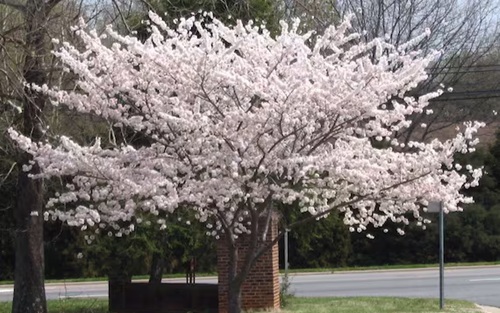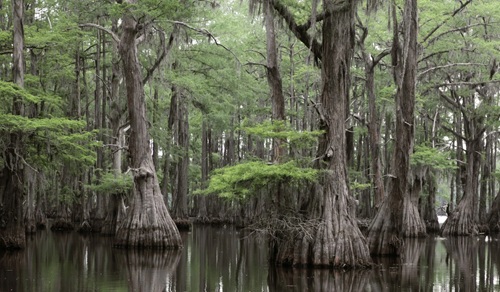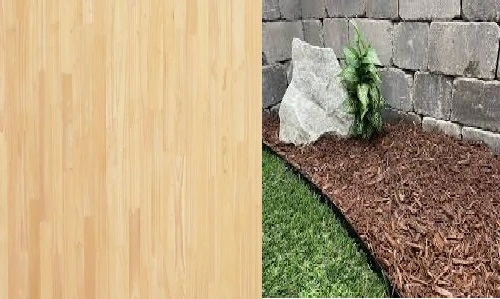The Yoshino cherry tree (Prunus x yedoensis) is celebrated worldwide for its stunning springtime display of pale pink to white blossoms. As one of the most popular ornamental cherry trees, especially in Japan and the United States, it graces parks, gardens, and streetscapes with breathtaking beauty. However, while the Yoshino cherry tree offers many benefits, it also comes with several drawbacks. Understanding its pros and cons can help homeowners, landscapers, and urban planners make informed planting decisions.
What is the Yoshino Cherry Tree?

The Yoshino cherry tree is a hybrid species believed to have originated in Japan during the Edo period. It is best known as the signature tree of the National Cherry Blossom Festival in Washington, D.C. Reaching heights of 30 to 50 feet, with a similar spread, the tree is fast-growing and features an elegant branching structure and fragrant, early-spring blooms.
Pros of Yoshino Cherry Trees
1. Stunning Aesthetic Appeal
The most notable advantage of the Yoshino cherry tree is its show-stopping beauty. Each spring, the tree bursts into clouds of delicate blossoms, often before its leaves emerge. This provides a striking contrast against blue skies or urban backdrops, making it a popular choice for photographers, artists, and nature lovers.
2. Fragrance
In addition to its visual charm, the Yoshino cherry emits a light, almond-like fragrance that enhances its appeal. This subtle scent is appreciated by gardeners and parkgoers, adding a sensory experience to springtime strolls.
3. Fast Growth Rate
Yoshino cherry trees grow quickly, reaching maturity in about 10 to 20 years. This makes them a great option for those who want to establish a shade tree or focal point in their landscape in a relatively short time.
4. Wildlife Support
These trees attract pollinators like bees and butterflies during their bloom period. While they don’t produce large fruits, their flowers play an important ecological role in supporting pollination activity.
5. Cultural and Historical Significance
Planting a Yoshino cherry tree is a way to connect with cultural traditions, particularly those of Japan, where cherry blossom viewing (hanami) is a celebrated ritual. In the U.S., the tree is symbolic of international friendship and renewal, especially in areas like Washington, D.C., where they were gifted by Japan in 1912.
6. Versatile Landscaping Options
Yoshino cherry trees are adaptable to many landscape settings. Whether planted as standalone specimens, in groves, or lining streets, they offer consistent ornamental value. Their rounded canopy also provides light shade, enhancing their use in parks and gardens.
Cons of Yoshino Cherry Trees
1. Short Bloom Duration
Despite their spectacular blossoms, the flower display of the Yoshino cherry tree is short-lived—typically lasting only one to two weeks, depending on weather conditions. Rain and wind can dramatically reduce this already brief bloom period, leading to disappointment for those anticipating a long-lasting floral show.
2. Disease Susceptibility
Yoshino cherry trees are prone to several diseases, including:
- Cherry leaf spot
- Canker
- Powdery mildew
- Bacterial blight
These diseases can weaken the tree over time, affect foliage appearance, and require ongoing maintenance.
3. Pest Problems
The trees may also attract pests like aphids, Japanese beetles, and borers, which can harm leaves and wood, diminishing the tree’s health and aesthetic appeal. Regular monitoring and treatment may be necessary.
4. Short Lifespan
One significant drawback is the Yoshino cherry tree’s relatively short lifespan—typically 15 to 25 years under optimal conditions. Compared to other shade or ornamental trees that can live 50 to 100 years or more, this makes it a less permanent fixture in the landscape.
5. High Maintenance Needs
Yoshino cherry trees require consistent care, especially if planted in urban environments:
- Pruning to maintain shape and remove diseased limbs.
- Watering during dry periods.
- Fertilization to promote healthy growth and bloom.
- Clean-up of fallen petals, leaves, and twigs, which can create slippery surfaces or clog drains.
This level of maintenance can be a burden for homeowners or municipalities without sufficient gardening resources.
6. Shallow Root System
The tree’s shallow roots can interfere with sidewalks, driveways, or underground pipes over time. It’s essential to plant them away from infrastructure to avoid potential damage or expensive repairs.
Final Verdict: Should You Plant a Yoshino Cherry Tree?
The Yoshino cherry tree is undeniably a beautiful addition to any landscape, especially for those seeking an eye-catching spring bloom. Its cultural richness, fragrance, and rapid growth make it a top choice for ornamental use. However, prospective planters must be ready to accept its limitations—short bloom span, vulnerability to pests and disease, and relatively short life expectancy.
If you’re looking for a low-maintenance, long-lived shade tree, the Yoshino cherry may not be the best fit. But if your priority is seasonal beauty and you’re committed to ongoing care, this iconic tree could be the perfect statement piece for your yard, garden, or public space.
Pro Tip: To extend the beauty of cherry blossom season, consider planting Yoshino trees alongside other flowering varieties like Kwanzan cherry or weeping cherry trees, which bloom slightly later and offer varied colors and forms.
Conclusion:
The Yoshino cherry tree is a blend of ephemeral charm and practical challenges. With the right planning and care, it can offer years of delight and serve as a living celebration of spring.

